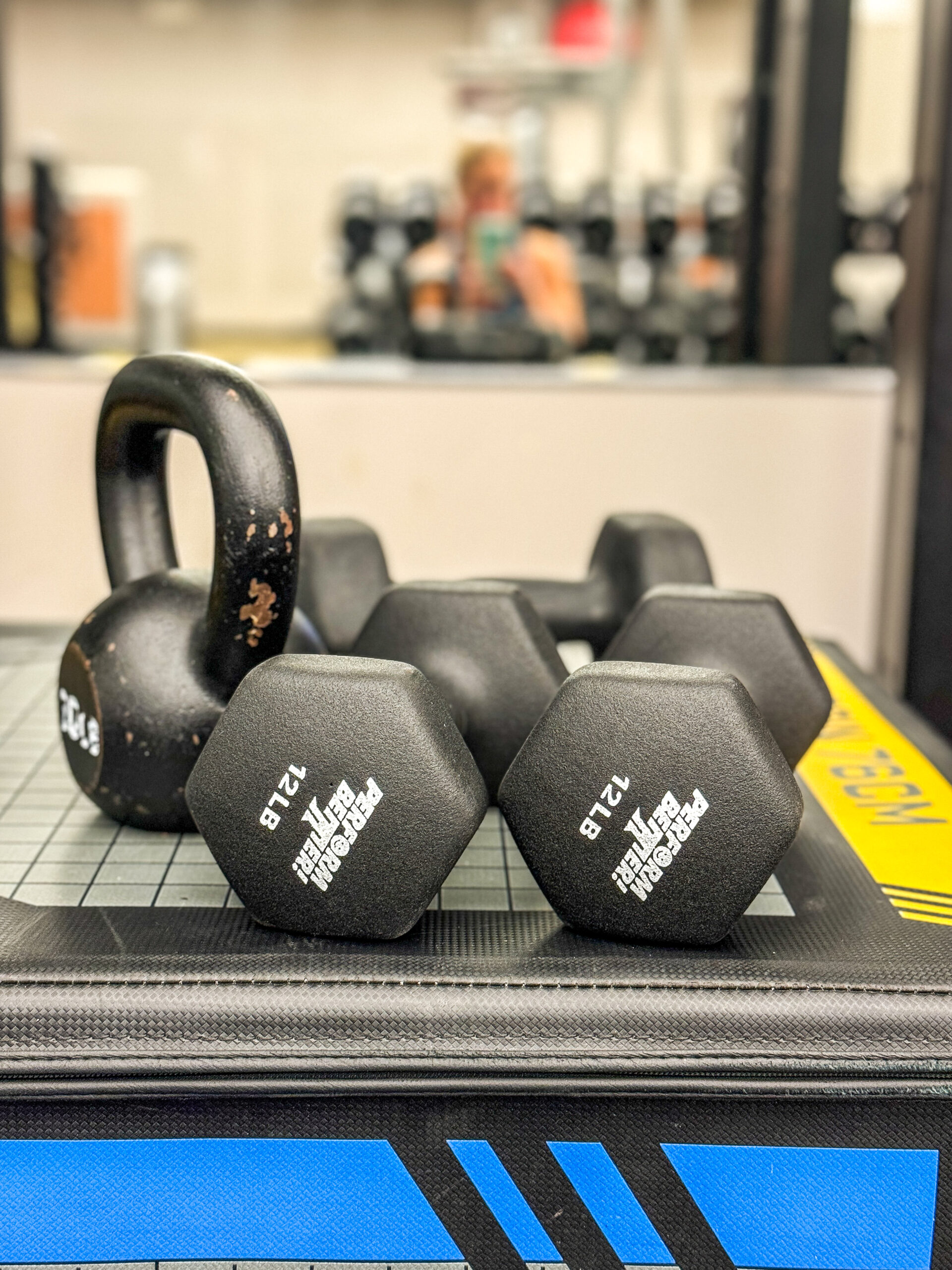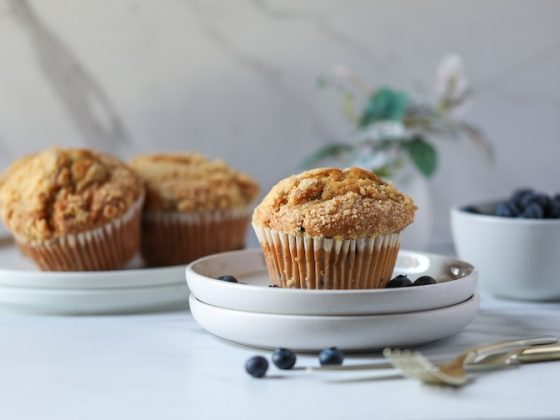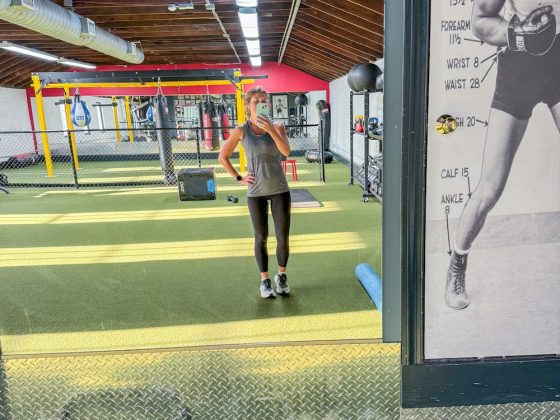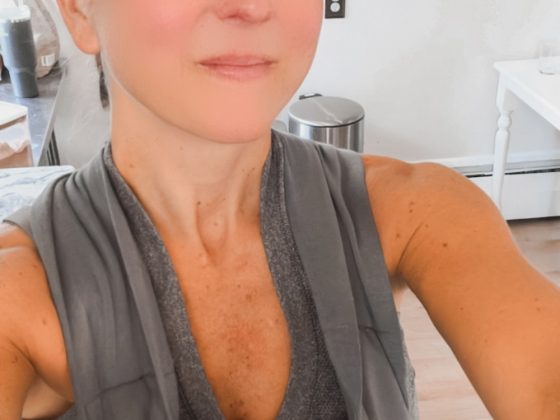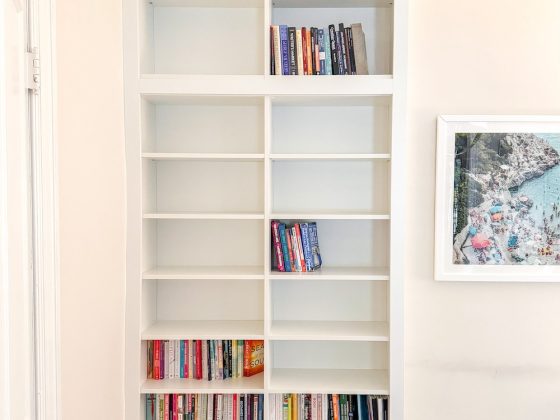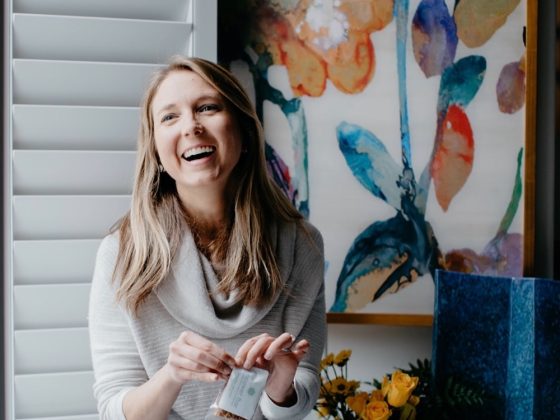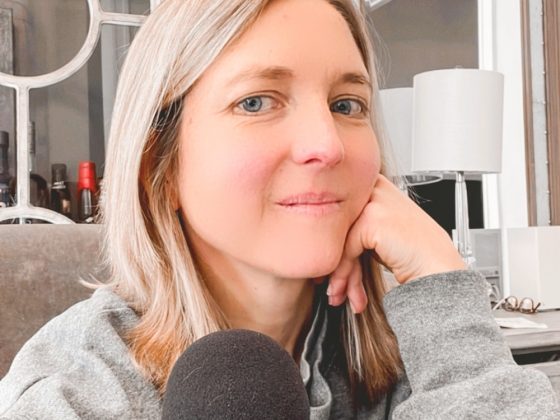I consider myself a student when it comes to my personal health and wellness. There was a time when I put too much pressure on this area of my life – allowing my perfectionism to bleed over onto the my physical body: the foods that I ate, the amount I exercised, the number on the scale. I have since replaced these toxic mindsets with curiosity, which is why I love learning about biohacking. I will always try a wellness trend once, and if I find a habit or behavior that fits, I will store it away in my toolkit. Otherwise, I let it go.
The subject of biohacking seems to be ever-evolving, with new research and routines continuously coming on the scene. For an episode of The Healthified Podcast, I had the pleasure of sitting down with Dr. Laura DeCesaris, who specializes in a female-centric approach to health; she helps women optimize their bodies and brains to work optimally. In other words, she guides her clients to figure out those “biohacks” that bridge the gap between where they are now, and where they want to be.
DeCesaris defines biohacking as “figuring out what makes your body work best.” This is why it is important to to tune into your bioindividuality, rather than look for answers outside of yourself. We live in a comparison culture, constantly being bombarded by social media messages about what this fitness guru to wellness influencer is doing. We get sucked in by their shiny highlight reel of self-care, only to be discouraged by the fact that their habits are unrealistic for our lifestyle, or that we don’t get the same results.
At the end of our conversation, I asked Dr. Laura for some simple biohack suggestions across some major pillars of health: exercise, nutrition, sleep, and stress management. Here is what she said.
Exercise
“I still think the biggest biohack at any age is doing some kind of strength training. Having lean muscle is only going to help you across the board,” DeCesaris explains. Due to a former over-focus on cardio, coupled with traditional beliefs about what “working out” should entail, many women not only spend their time exercising in a way that is inefficient, but also detrimental to their hormones. While there are benefits to high intensity interval training, most women benefit from gentler forms of movement. Additionally, we workout for an hour, check it off of our list, and proceed to sit for the rest of the day. That type of routine isn’t optimal either. “Studies show us that more low level movement throughout the day is way more beneficial than going to the gym for an hour and then being sedentary all day,” DeCesaris adds. As a general rule of thumb, she encourages moving your body as much as you can. And whatever form of movement you choose, make sure it is something you enjoy so you stick with it. Consistency is key.
Nutrition
“Rather than focus on what diet you need to follow, [create] a plate that helps you balance your blood sugar,” says DeCesaris. This nutritional biohack can be applied at any age. How do you balance your blood sugar? When making your meals, ensure you have healthy fat, fiber, and protein present on your plate. Healthy fat comes from foods such as avocados, olive oil, nuts and seeds; fiber is found in vegetables, fruits, and whole grains. Animal sources of protein are red meat, poultry, and fish; plant-based sources of protein include beans, lentils, tofu, tempeh, and quinoa. Bioindividuality will of course come into play, especially where food sensitivities and intolerances are concerned. But allergies aside, balancing your blood sugar should be the primary focus. “If we know anything about nutrition for each person, the best personalized diet is one that keeps insulin sensitivity strong and blood sugar balanced. For some people that might be lower carb, for some people that might be higher carb, but if you focus on blood sugar, that will help you figure out what actually is the best diet for you,” DeCesaris says.
Sleep
“Sleep should probably be the first thing that everybody optimizes. Everybody wants to focus on diet and exercise, but none of that is going to matter if you’re not sleeping well,” DeCesaris states. When it comes to sleep, it’s quality over quantity. To determine the quality of your sleep, wearables and trackers can come in handy. Oura Ring and Whoop are two examples. If you feel as if you are getting the right quantity of sleep (the recommended 7-8 hours), but still waking up tired, technology can help provide some answers. Decesaris says her Oura Ring shed light on when she wasn’t getting deep sleep, which in turn was affecting her mood, energy, and even workout recovery. The biggest changes she made to improve her sleep quality were meal timing and establishing a stress-reducing evening routine. Eating on the earlier side (5-6PM) can better support deep sleep as it prevents your body from being in digestion mode when your head hits the pillow. Self-care activities in the evening can also put your body in a parasympathetic state so that you fall asleep faster. Whether that is doing something like red light therapy such as DeCesaris, or reading a book instead of looking at screens, winding down from your day can help support better sleep.
Stress
Stress is an area where DeCesaris encourages a mindset shift. “Instead of focusing on ‘how do I reduce my stress,’ we should be focusing on our relationship with it.” Studies show that our individual perception of stress, and even our language around it, influences how stress affects us. For example, having the thought of “this stress is going to kill me” differs from having a more objective view of “I’m feeling stress right now, what can I learn from this situation?” It is beneficial for our mental health when we realize what we have control over, and what we don’t. Perhaps we need to carve out more time for ourselves, set some boundaries, engage in other forms of self-care. DeCesaris supports biohacks of planned stress, like cold plunging or sitting in a sauna. “[These biohacks] train you for the day, so when those big, unexpected stressors come up, you can handle them a little better,” she explains. When we build our resilience, while not sweating the small stuff, we can strengthen our relationship with stress. For a wonderful resource on this subject, check out Kelly McGonigal’s book The Upside of Stress.
The bottom line
When it comes to biohacking, especially for women, understand that it is a male dominated field. Many of the research studies performed on biohacking use male participants. “Men have 24-hour systems, rinse and repeat. Womenwith a cycle have four different versions of themselves every month,” DeCesaris explains. Tailoring any wellness techniques to the four different phases of your hormonal cycle can help. Lastly, the biohacking tools we take on can change as we change. “[Biohacks] are going to be different in different seasons of our life,” DeCesaris says. As soon as something stops serving you, give yourself permission to let it go.

